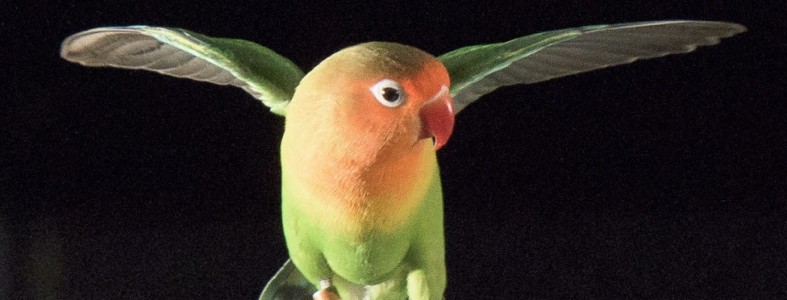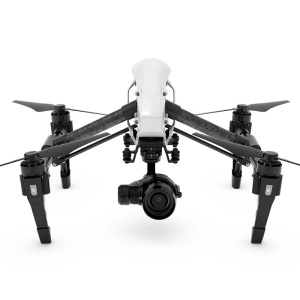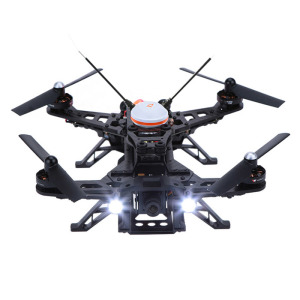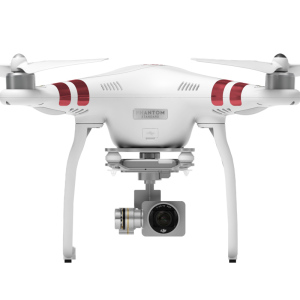
Studying Birds To Make A Better Drone
Scientists at Stanford University have looked to the avian world to create robust flying robots that can withstand strong wind and turbulence.
Engineering professor David Lentink of Stanford had a new state of the art wind tunnel devised to help design drones that can remain stable through more than a small breeze. To do this researchers are looking into how birds respond to unexpected weather. Researchers hope that their natural instincts can be mimic-ed and embedded in future delivery drones or rescue copters.
The tunnel was designed with the help of the US Air Force with the study of maneuverability of birds in mind.
Lovebirds, hummingbirds, and parrotlets are placed within the tunnel and encouraged to fly. Once they are airborn in the wind tunnel their wing beats and body movements are monitored with high speed cameras and other motion capture devices.
“It’s a tunnel in which we can study how birds fly up close so that we can learn the magic of flight and translate it into better flying robots,” said Lentink in a recent video release. “What’s great about it is that we can vary the speed of the wind very precisely, from close to 0 meters per second, all the way through to about 50 meters per second, which is very fast.”
When speaking to Stanford University News Letnik told them “We need to study birds up close so we can figure out what their secret is to flying so stably under such difficult conditions, and apply that to aerial robotic design,”
Check out featured products from our shop
-

Inspire 1 Pro Ready to fly with 1 Remote and Lens
USD $4,499.00 -

Walkera RUNNER250 RTF3 FPV – Ready to fly Quadcopter with added On Screen Display (OSD) module, DEVO 7, Charger, Battery, Camera, Video transmission module, and Goggles2
USD $729.00 -

Phantom 3 Standard Ready to Fly Quadcopter with integrated 2k camera
USD $799.99USD $699.99 -

Trackimo GPS Tracker – 1 Year GSM Service
USD $139.99

No comments yet.